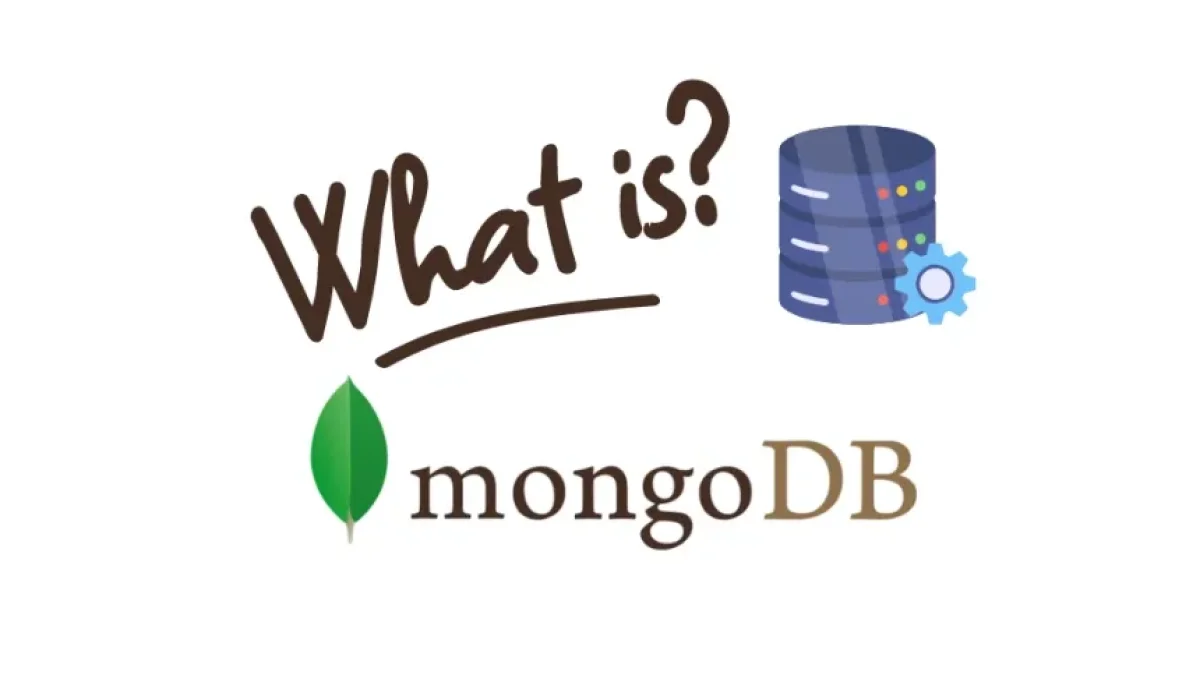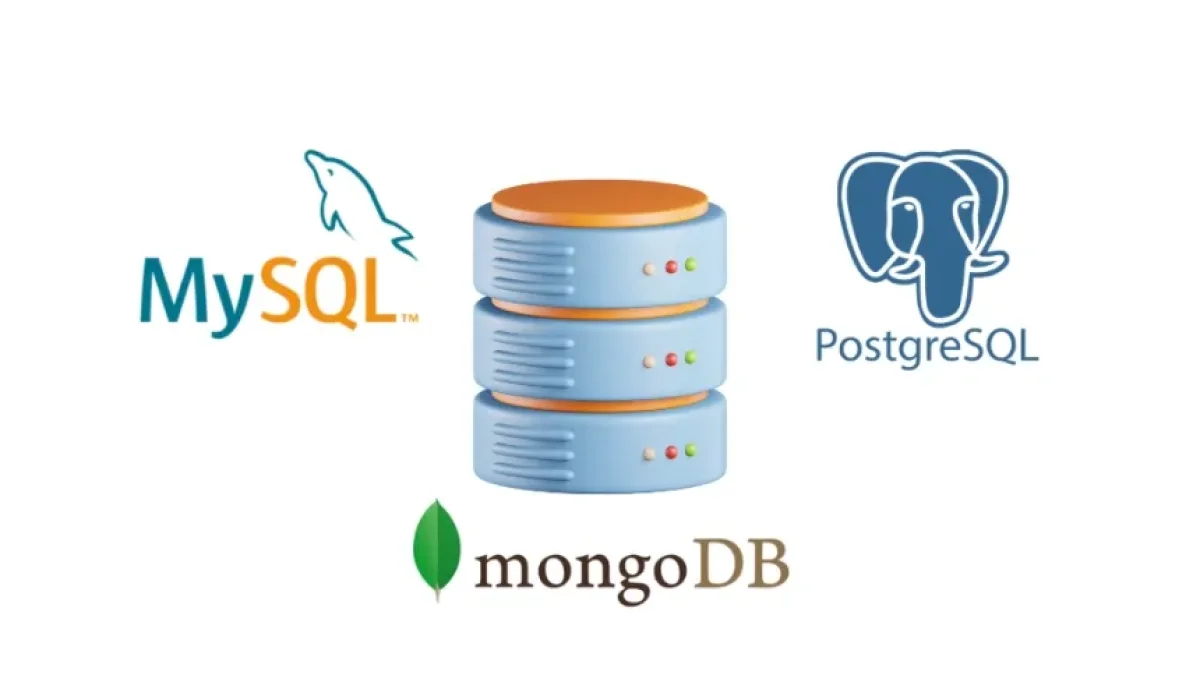What is MongoDB? A Beginner's Guide


MongoDB has become one of the most popular NoSQL databases in the software development world. It is especially known for its flexibility, scalability, and high performance. In this article, we will explore the basics of MongoDB, its most prominent features, and how you can start using it in your projects.
What is a NoSQL Database?
Before diving into MongoDB, it is important to understand what a NoSQL database is. Unlike relational databases that use tables and relationships, NoSQL databases are more versatile in terms of the data structure they manage. These databases can handle data in formats such as documents, key-value pairs, graphs, and columns without the need for a fixed schema.
What is MongoDB?
MongoDB is a document-oriented database, which means it stores data in JSON-like documents (JavaScript Object Notation). These documents are stored in collections, making it easier to manage large volumes of data and providing greater flexibility regarding the structure of the information.
Key Features of MongoDB
1. Flexible Data Model
MongoDB allows data to be stored in a dynamic format, meaning that the structure of the documents does not need to be predefined. This is particularly useful in environments where requirements change frequently.
2. Horizontal Scalability
Unlike many relational databases, MongoDB can be easily scaled by adding more servers rather than upgrading the capacity of a single server. This is known as horizontal scaling.
Read also
3. High Performance
MongoDB provides high performance for read and write operations, thanks to its ability to handle large volumes of data and its design optimized for searching.
4. Powerful Querying
MongoDB offers a powerful and flexible query language that allows developers to perform complex searches efficiently.
5. Cloud Compatibility
MongoDB easily integrates with cloud platforms, enabling businesses to scale their applications effectively.
Installing MongoDB
System Requirements
Before installing MongoDB, make sure you have a compatible system. MongoDB can be installed on various operating systems, including Windows, macOS, and Linux distributions.
Steps to Install MongoDB
- Download MongoDB: Visit the official MongoDB website and download the appropriate version for your operating system.
- Installation: Follow the installation instructions specific to your platform. For Windows, you can use the MSI installer, while on Linux, you might use DEB or RPM packages.
- Start the MongoDB Server: Once installed, you can start the MongoDB server using the mongod command in the terminal.
- Connect to the Database: Open another terminal and use the mongo command to connect to the database.
Basic Usage Example
Once MongoDB is running, you can start interacting with it using basic commands. For example:
// Create a database called "myDatabase"
use myDatabase;
// Insert a new document into a collection called "users"
db.users.insert({
name: "Juan",
age: 30,
city: "Madrid"
});Advantages and Disadvantages of MongoDB
Advantages
- Flexibility: You can store data without a defined schema.
- Scalability: Ideal for applications that require horizontal scalability.
- Rapid Development: Facilitates agile development and quick iteration due to its flexibility.
Disadvantages
- Consistency: It does not always guarantee real-time data consistency, given its focus on availability and partitioning.
- Learning Curve: It may require a period of adaptation for developers used to relational databases.
Common Use Cases
1. Web Applications
MongoDB is ideal for web applications that require rapid iteration and the ability to adjust to constant changes in data requirements.
2. Data Analysis
MongoDB can handle large volumes of data and perform complex queries, making it a good choice for data analysis and big data.
3. Real-Time Applications
The speed and performance of MongoDB make it perfect for real-time applications that handle large data streams.
Conclusion
MongoDB is a powerful and versatile tool for modern application development. Its flexibility and high performance make it an excellent choice for projects that require scalability and a dynamic data structure. By learning and familiarizing yourself with MongoDB, you will be better prepared to face the challenges of the software development world.
If you are interested in delving into the use of MongoDB, feel free to explore the official MongoDB documentation for more information and useful resources.



















